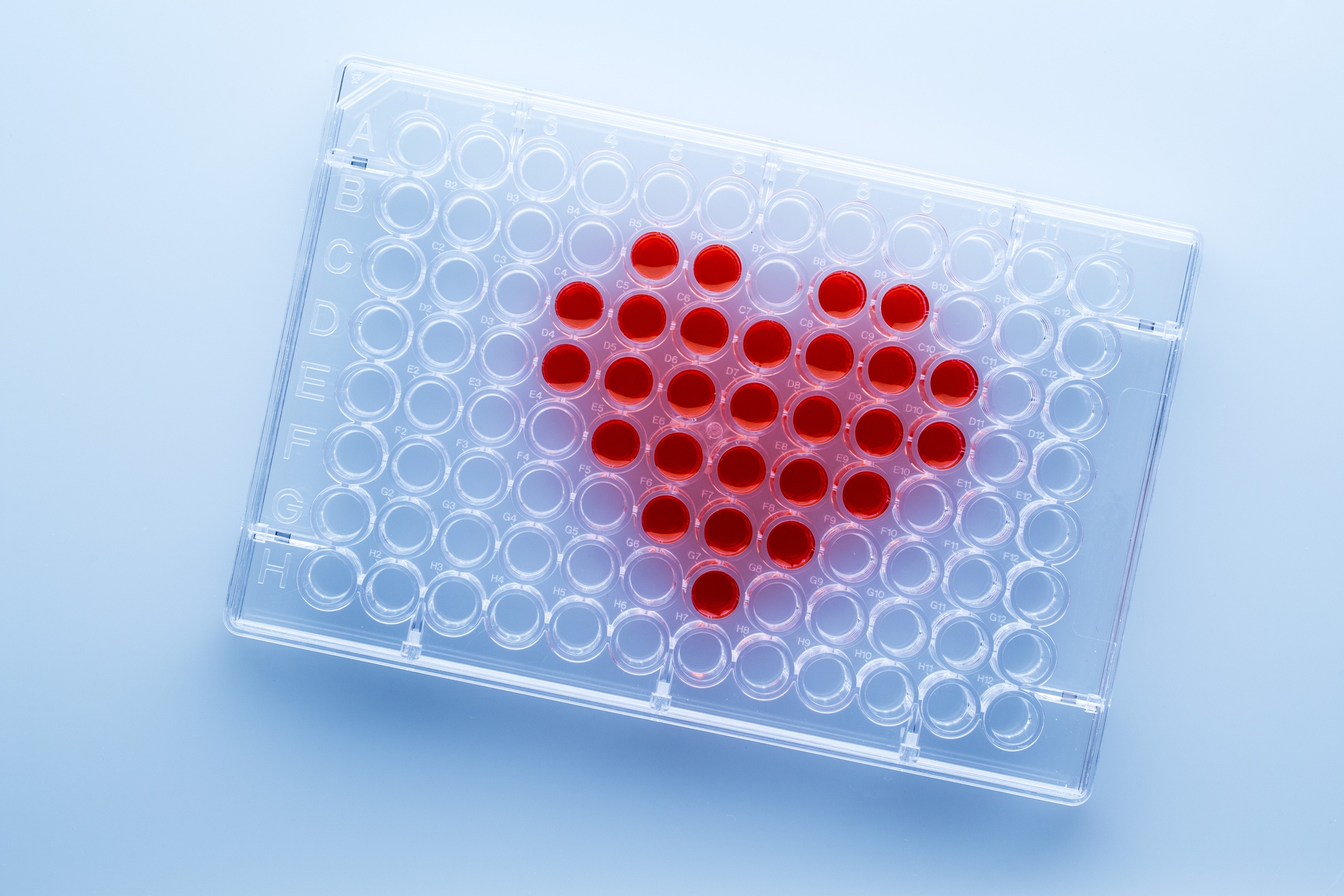
Researchers have recently edited a genetic locus associated with cardiovascular disease out of cells’ genomes to potentially alter disease expression. Led by Scripps Research members, a team of scientists collected blood from individuals who either had low or high-risk versions of the haplotype associated with cardiovascular disease. By genetically altering these cells, they were able to eventually remove these genes associated with cardiovascular disorders.
Several factors are known to increase one’s risk of cardiovascular disease, including high-cholesterol, elevated blood pressure, obesity, and smoking. As of recent, however, many genomic studies have uncovered a number of genetic risks for cardiovascular disease. Specifically, the 9p21.3 haplotype has been the first common genome region found to be associated with increased coronary artery disease risk. Characterized by damaged vessels carrying blood to the heart, this disease has been known to increase risk of diseases such as strokes and aneurysms as well. This haplotype has been referred to as one of the most impactful genetic underliers to cardiovascular disease.
Researchers have known this haplotype is tied to heightened risks, however it has been particularly challenging to research being that the haplotype is only seen in humans. This barrier made studying the gene in mice and other model animals not possible. This genetic region also does not include any traditional protein coding genes, which makes it particularly hard to predict what it might do as well.
To avoid these factors, the research team collected blood samples from patients with risk-associated versions of the haplotype and modified the samples to produce pluripotent stem cells. At this point, the cells were subject to genetic modification via TALE nucleases, a genetic-editing tool similar to CRISPR-Cas9. These alterations removed the risk promoting versions of the genetic material from both affected and unaffected donor cells. The team then coaxed the edited stem cells to become vascular smooth muscle cells to study them in detail via high-resolution bioengineering and gene profiling techniques.
READ MORE: CRISPR Patent Dispute Finally Comes to End After Years
“We’ve known for more than a decade that the 9p21.3 haplotype was the most influential genetic risk for cardiovascular disease cases–accounting for an astonishingly large 10-15 percent of cases in the United States per year. But, until now we’ve been in the dark about what it might be doing to cause this,” said Kristin Baldwin, professor at Scripps Research and senior author of the study. “Now, with strong evidence suggesting the 9p21.3 haplotype undermines the stability and function of vascular muscle cells, we may have a opened a new route to interventions that could impact many millions of people worldwide.”
The Scripps team found that high-risk individuals’ cells showed a particularly broad set of abnormalities, with these risk cells affecting over 3000 genes. These genes make up nearly 10% or the entire human gene collection. Computer analysis of these genes showed evidence that these muscle cells may be deficient in key functions related to heart disease, characterized by weak contractile force and less clinging to their surroundings.
The group unexpectedly found that the high-risk cells showed alterations in over a third of their genes, suggesting that the 9p21.3 haplotype somehow interacts with, or possibly controls, this genetic network.
“This study demonstrates the power of genome editing of pluripotent stem cells for studying human genetic risk for disease, especially when risks are in uniquely human regions or gene deserts,” said Valentina Lo Sardo, staff scientist at Scripps Research and co-author of the study. “Our findings not only provide insight into how the high-risk 9p21.3 haplotype undermines vascular health, but also offer a new avenue to study and target gene regulatory networks widely involved in coronary artery disease.”
Fantastic work on 9p21 CAD risk locus in VSMCs from @EricTopol @ATorkamani #CADgenomics #Leducq Unveiling the Role of the Most Impactful Cardiovascular Risk Locus through Haplotype Editing https://t.co/EHjFctk3BJ pic.twitter.com/eKFRe45DGX
— Jeanette Erdmann (@JeanetteErdmann) December 7, 2018
Source: EurekAlert







 © 2025 Mashup Media, LLC, a Formedics Property. All Rights Reserved.
© 2025 Mashup Media, LLC, a Formedics Property. All Rights Reserved.